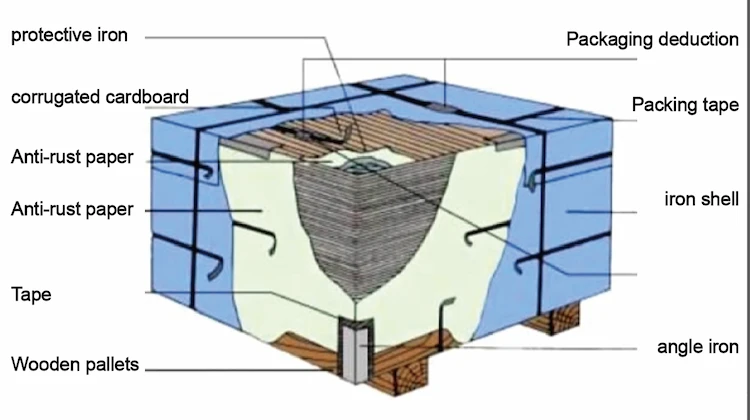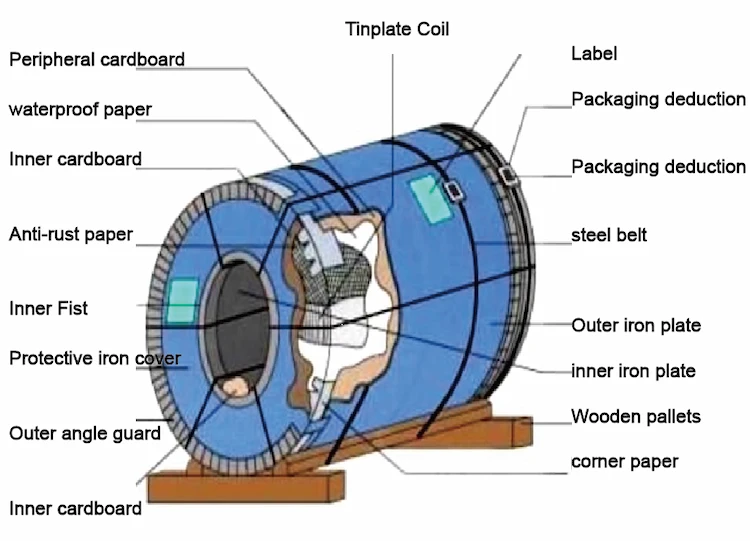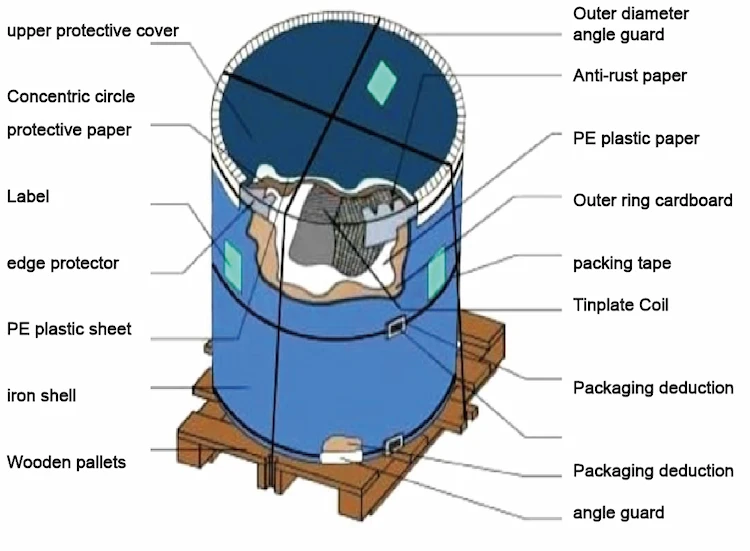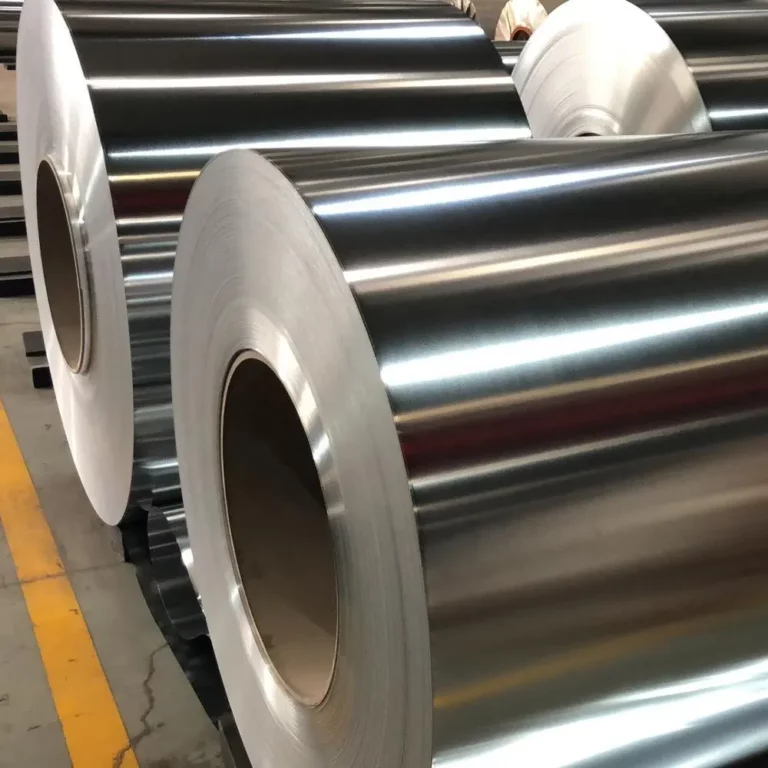
Tinplate is made of low carbon thin steel plate, also known as tin-plated iron. The main materials are steel and tin. There is a layer of tin on the iron sheet. Tinplate has strong corrosion resistance, and its own strength is hard and has good ductility. It is generally used for food packaging or chemical packaging
According to the annealing method, it is divided into CA—continuous annealing. Cold-rolled coils are unrolled into strips and then annealed in a protective atmosphere BA—box annealing.
Cold-rolled steel strip is annealed in the form of tight coils in a furnace with a protective atmosphere according to a predetermined time-temperature cycle. The chrome-plated iron is dark in color, wear-resistant and suitable for lids.
Box annealed tinplate: It can produce tinplate with good soft processing performance; good crystallographic direction, suitable for processing.
Continuous annealing tinplate: high quenching and tempering degree, can save the thickness of tinplate; uniform material, also suitable for high-speed can making.
The purpose of annealing is to reduce the hardness of steel, eliminate cold work hardening, improve the properties of steel, and restore the plastic deformation ability of steel. Eliminate the residual internal stress of steel, stabilize the structure, prevent deformation, and uniform the structure and chemical properties of the steel.
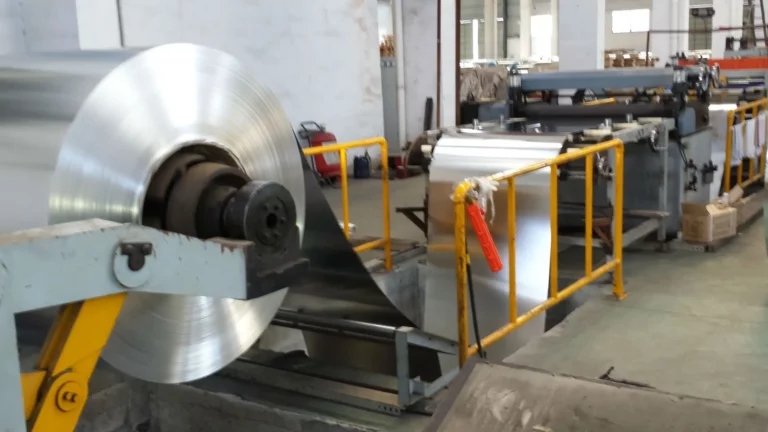
Note: The minimum average adhesion amount of equal-thickness tin plating is the sum of the amount of tin plating on both sides.
The higher the amount of tinned tinplate, the higher the price, the stronger the corrosion resistance, and the gradual decrease of the adhesion of the surface coating.
Generally, the products of very small tinplate factories are narrow strips, and only a tinplate factory with a certain scale can produce iron with a width of more than 1000mm.
The commonly used width of tinplate for producing aerosol cans and beverage cans in the market is 832mm.
Tinplate packaging is divided into box board packaging and coil packaging, and coil packaging is further divided into horizontal packaging and vertical packaging.
The box plate packaging is generally 1200 iron per pack, the thick iron is generally 800 iron per pack, and the coil packaging weight is generally 5-8 tons.
